I trust you have all spent a happy and holy Eastertide.
Since my Candlemas Pastoral Letter we have celebrated with joy two ordinations; Fr Lionel (Finn) in Melbourne, Australia and Deacon Daniel in Serbia. We have also been very happy to incardinate Dom +Robert and Deacon Manuel in California. Also since our last letter, sadly our dear Deacon Tom in Scotland has passed to the Summerlands, quite suddenly. As anyone who knew him will attest, he was a real treasure; a natural pastor and healer and a talented organist. He will be much missed. Our prayers are with his dear wife Sheila and family.
I am writing this letter during Mary’s month of May and hence, I thought perhaps it was time to speak of the May Devotion that many of us observe.
She wears sunlight in her hair
And violets in her eyes
And her cheeks are the petals of a rose.
She bears Love on her arm
And lilies are her feet,
And they carry Life wherever she goes.
There are graces on her lips
And rainbows on her robes
And her wreath is the coronet of May.
She is Fairy Queen of earth-
The wand at her heart
Is a Bud from the Triune Bouquet.
She is Mother, Queen, and Maid,
And God is her Child,
And her Courts are the meadows where They play
And her Courts
Forever and for aye.
She is Mary full of grace.
She is Queen of Eternal May.
May Our Lady, Queen of the May, forever bless and guide all your endeavours, for the glory of God and for the good of souls.
Fraternal greetings from Spain,
+Alistair OSBA,
Primus.
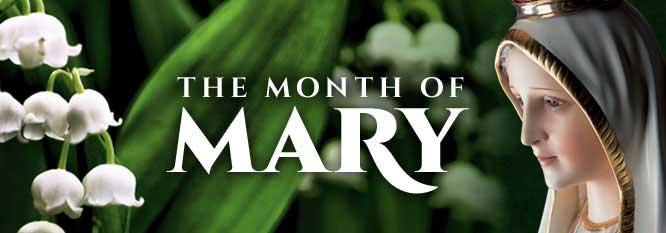
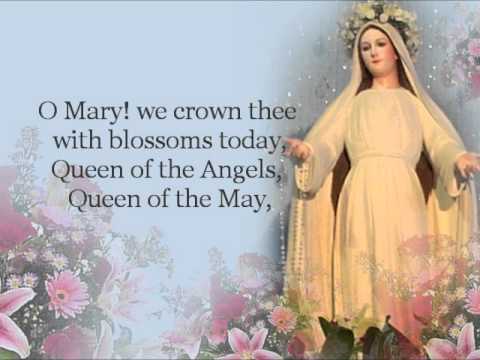
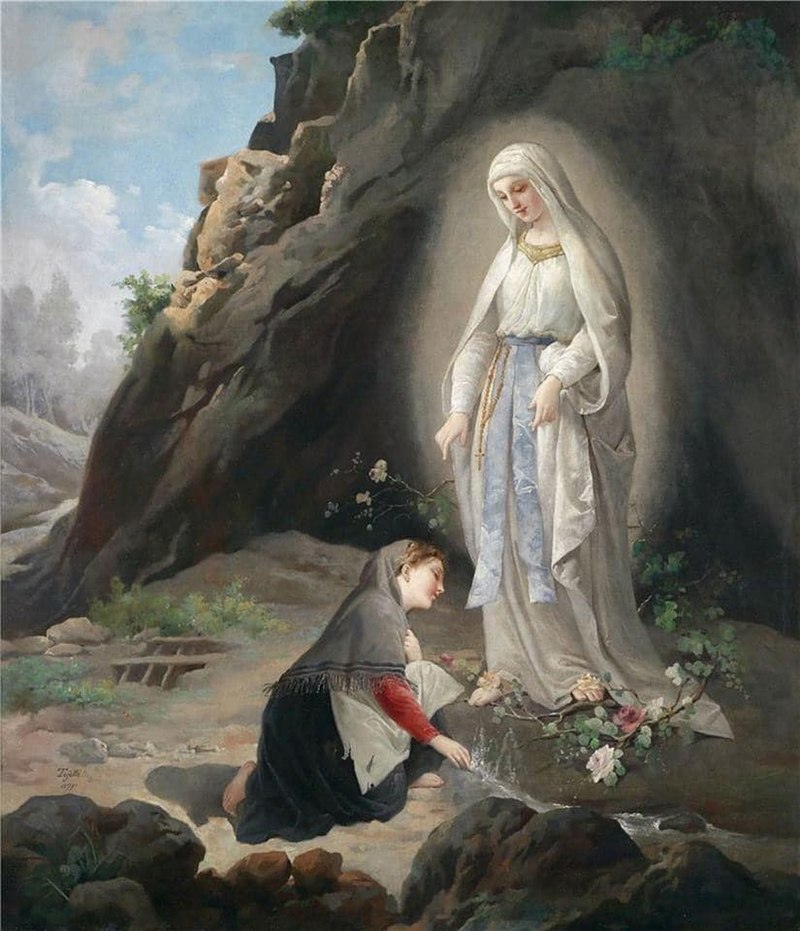
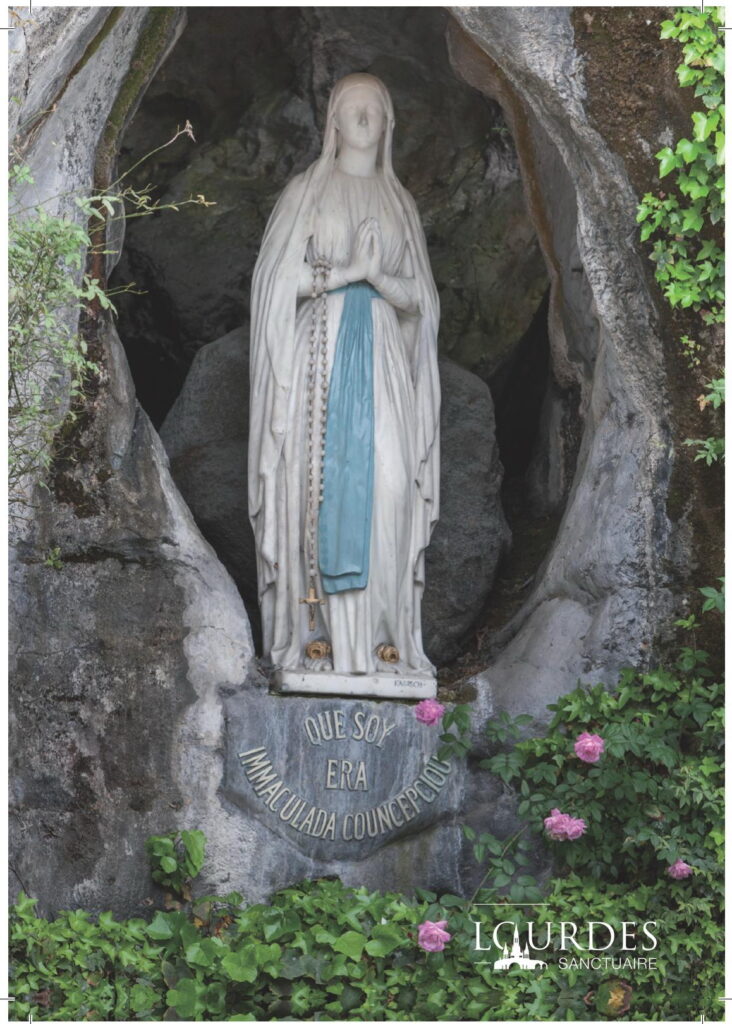
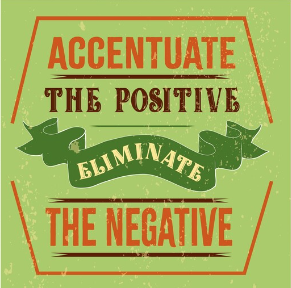
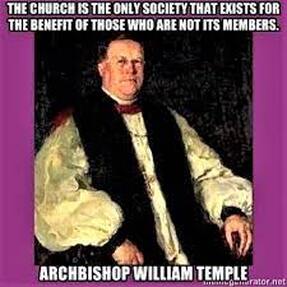
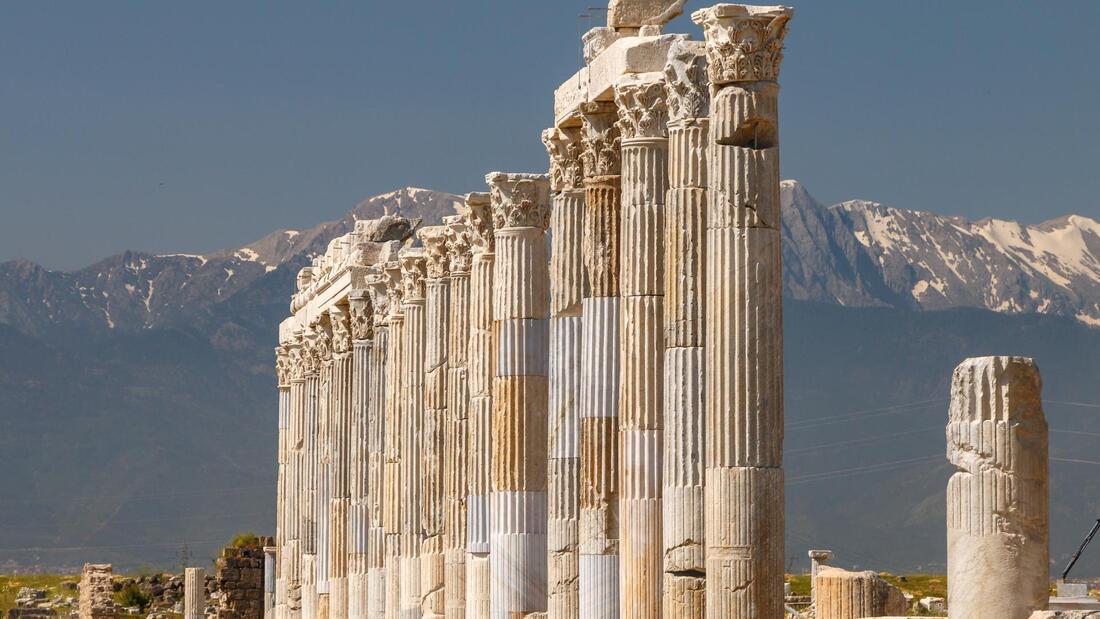
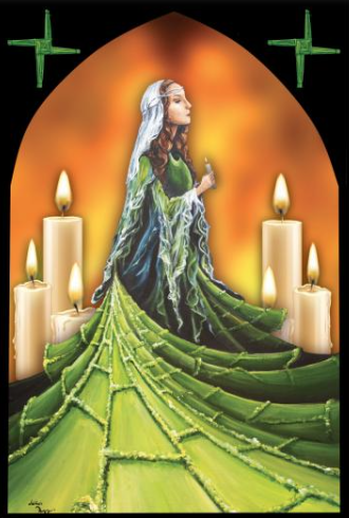
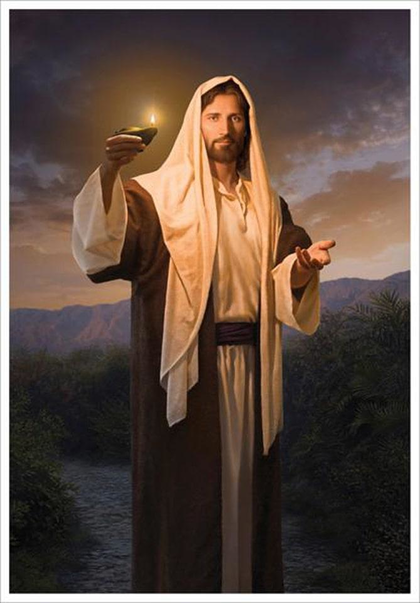
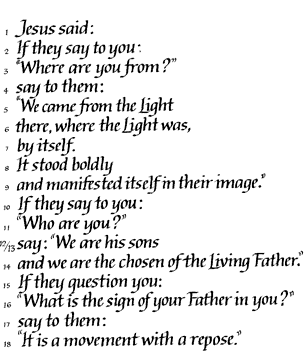
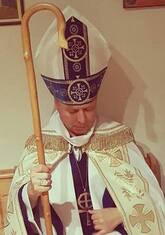
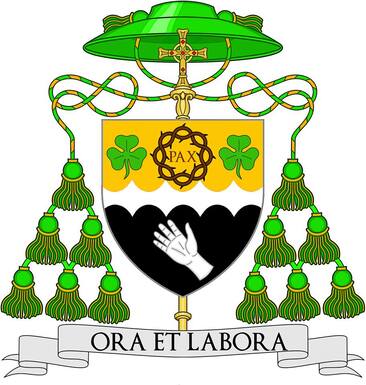
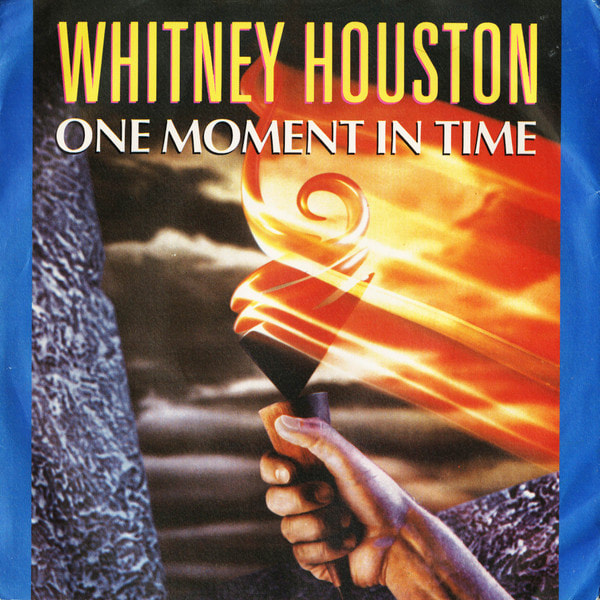
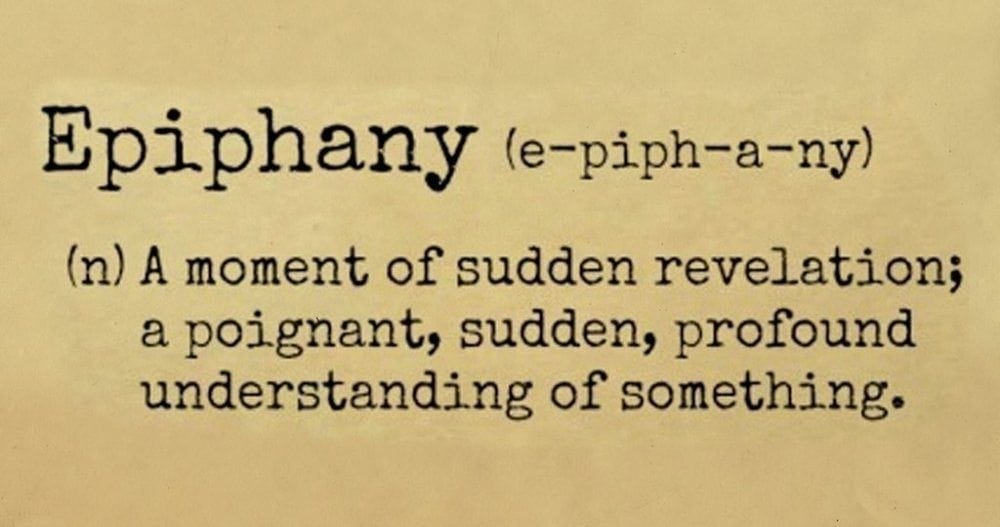
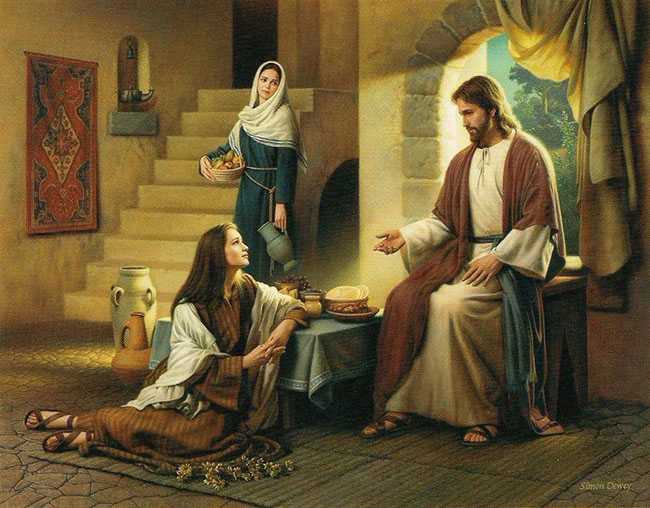
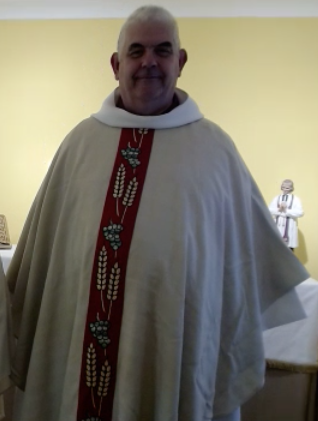

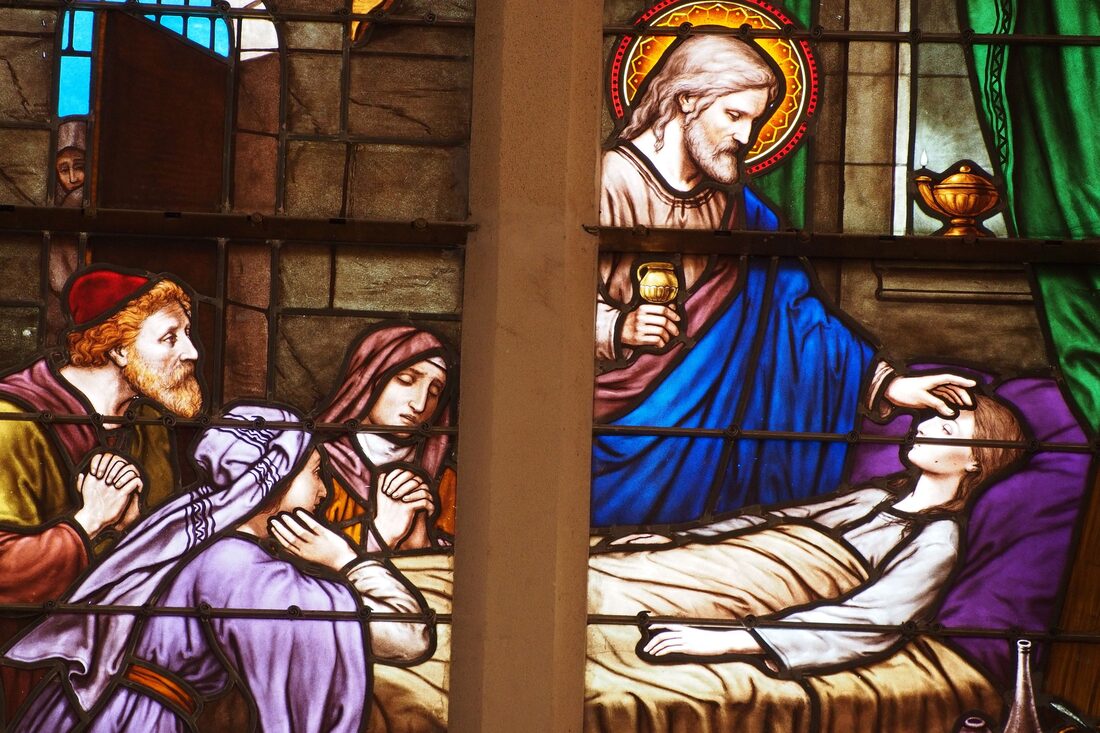
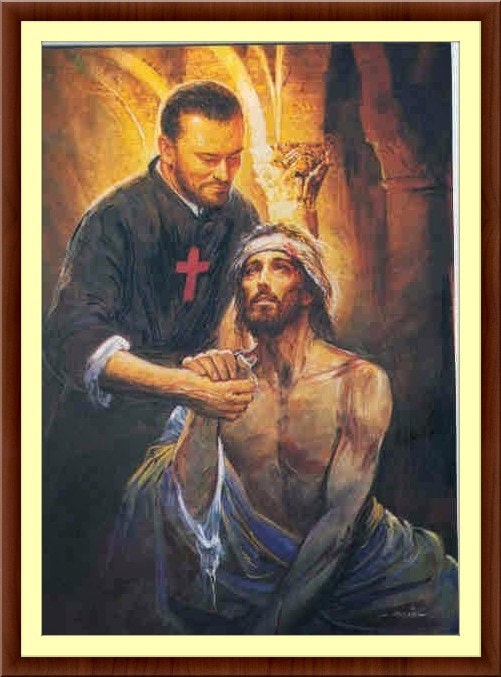
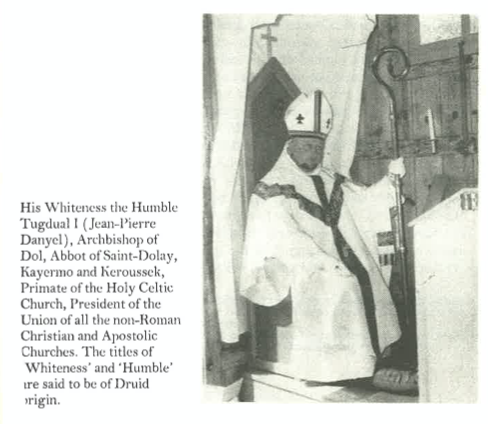
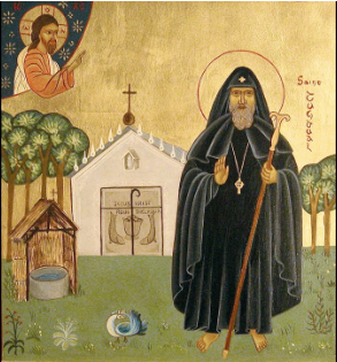
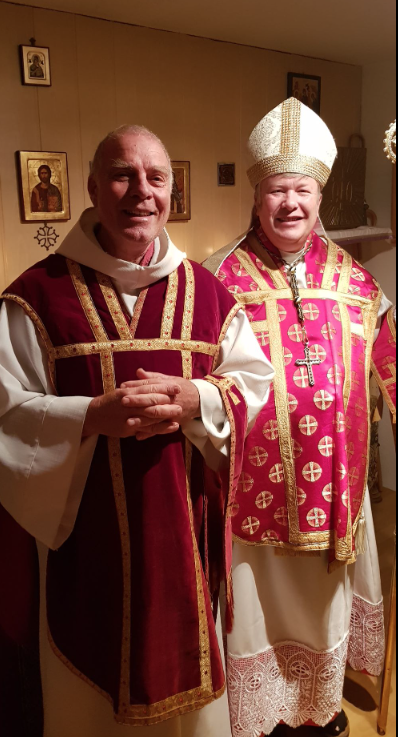
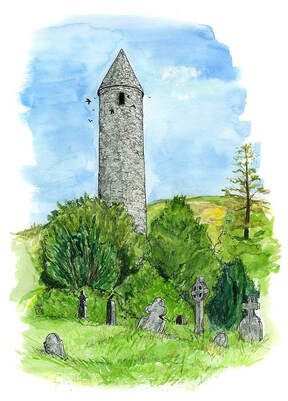
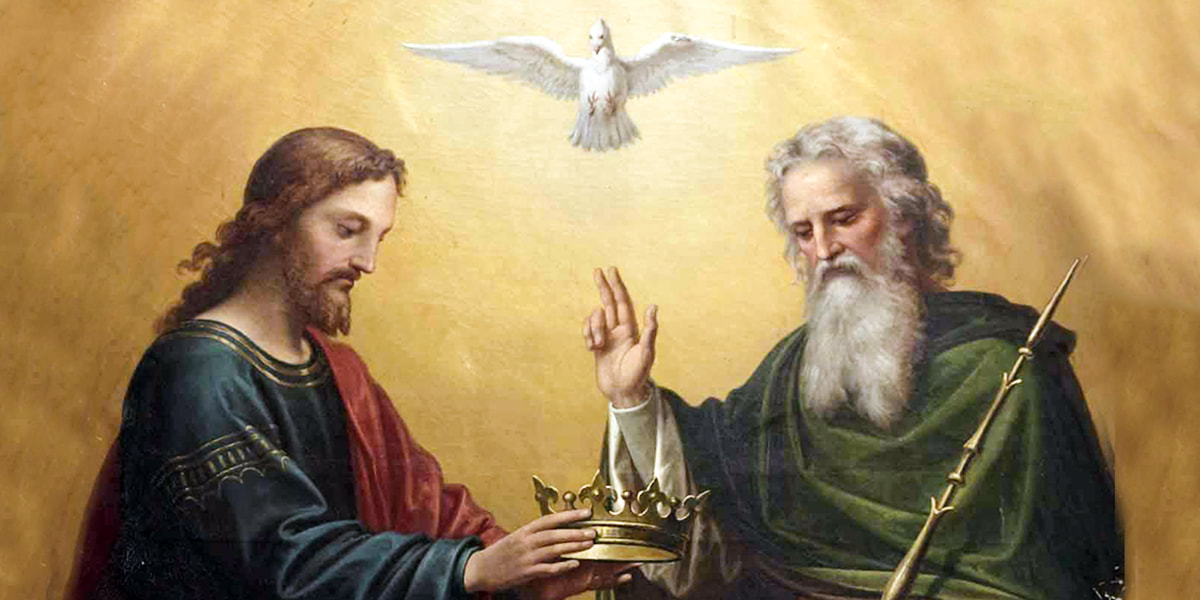
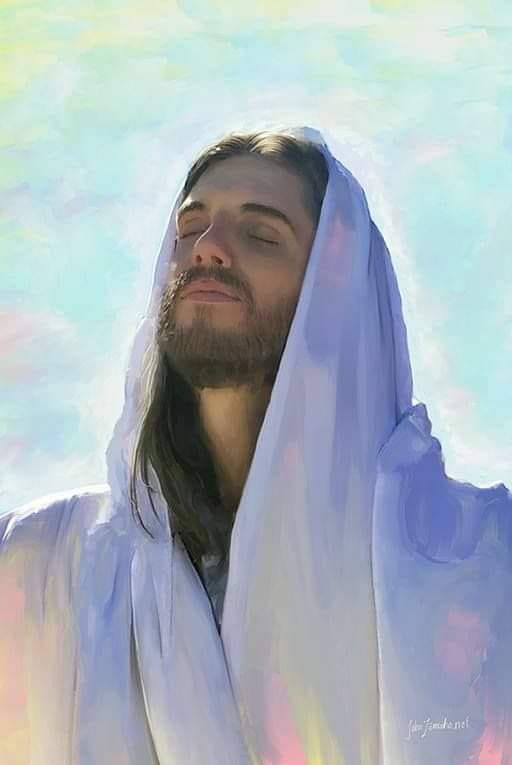
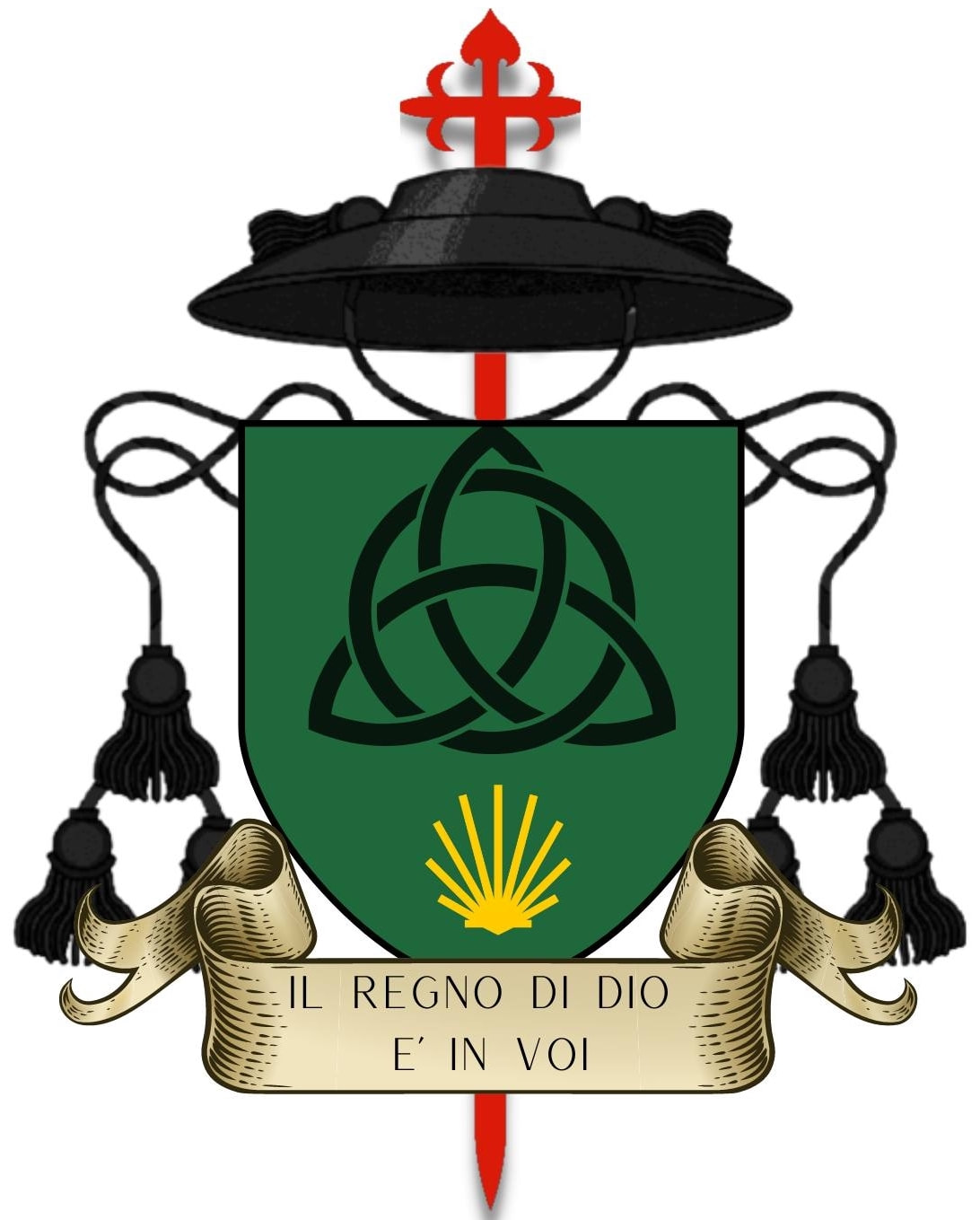
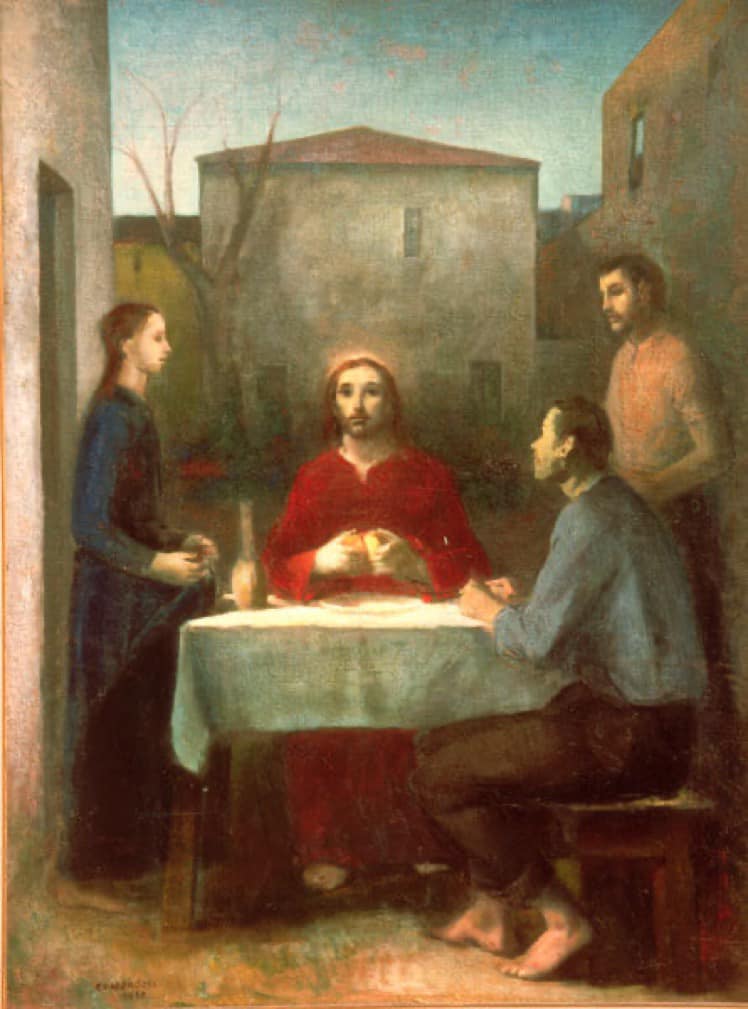
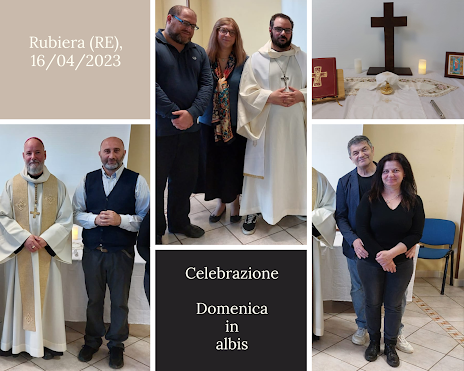
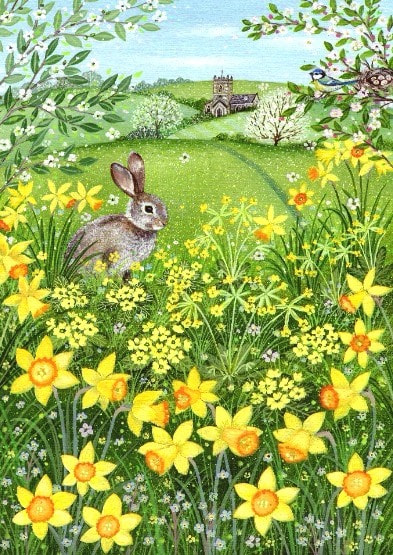
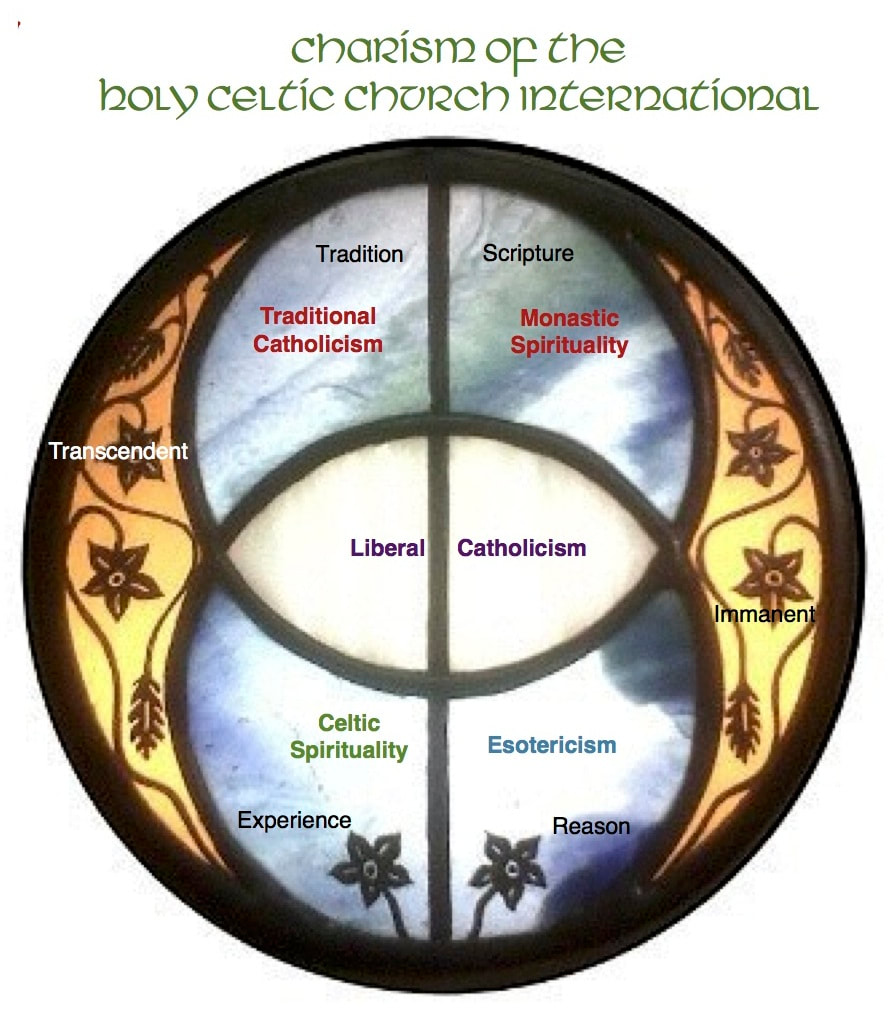
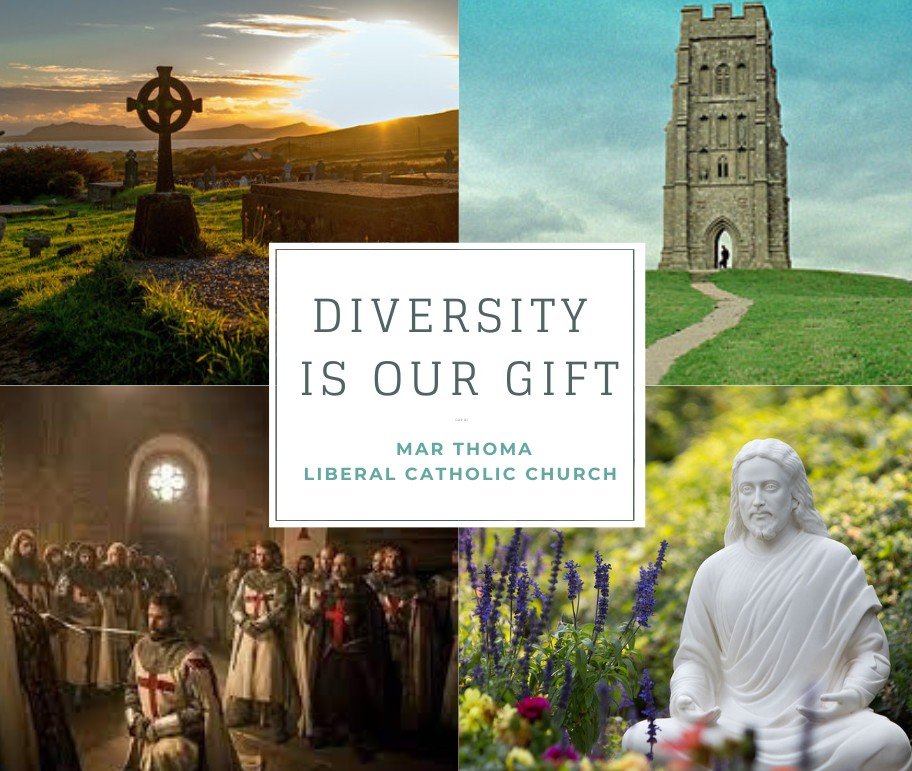
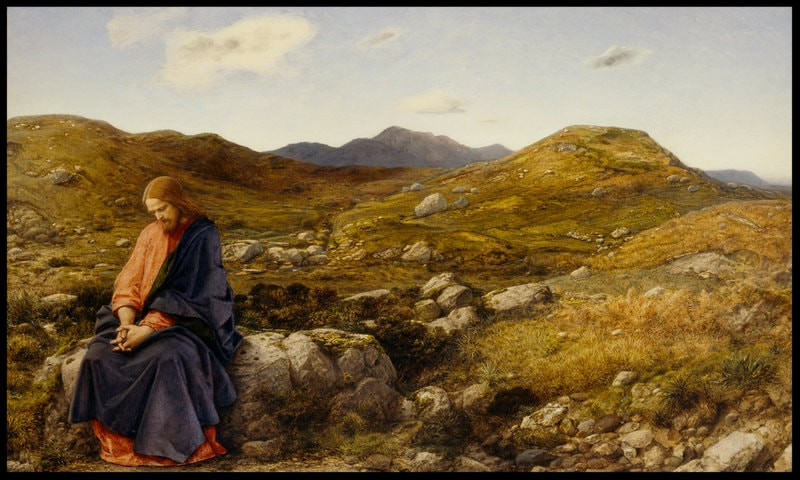
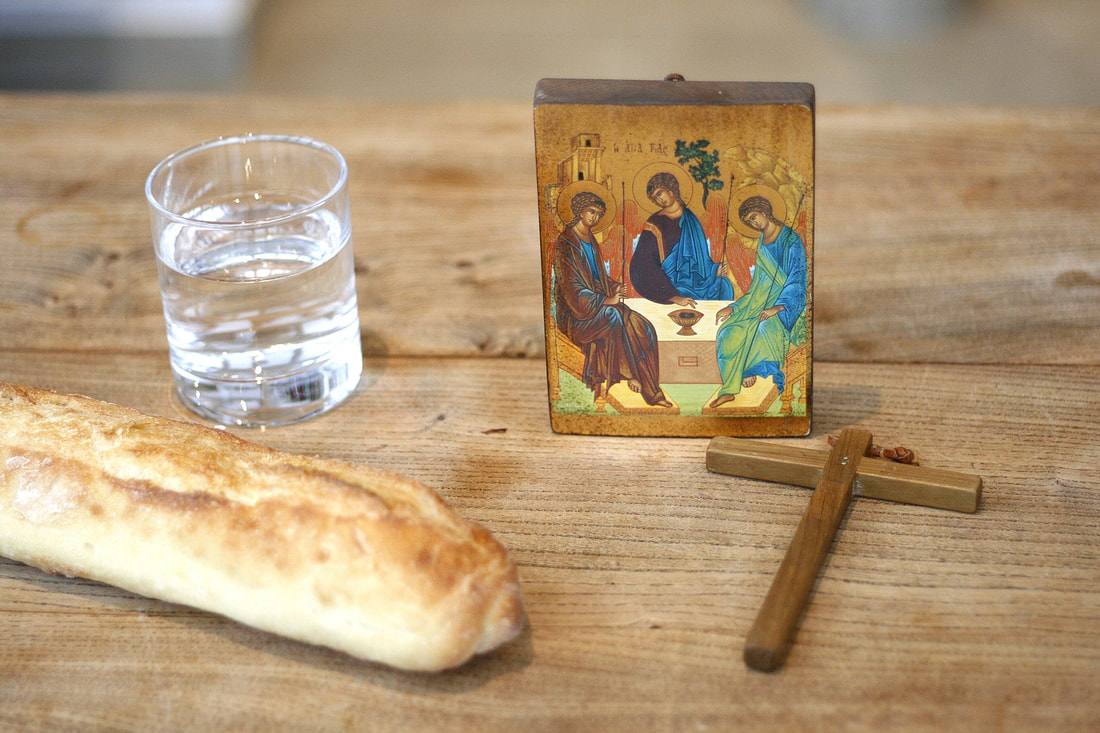
 RSS Feed
RSS Feed
